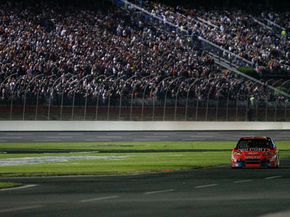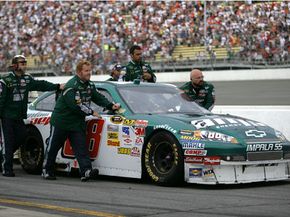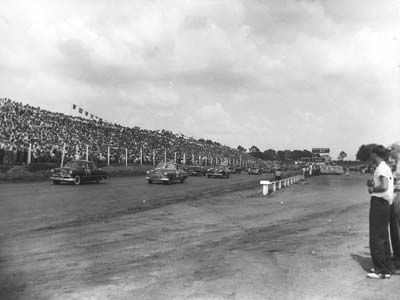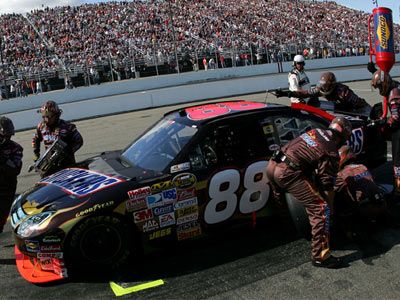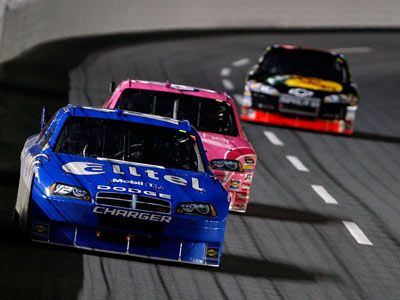Quick, what does NASCAR have to do with environmental sustainability? If you mentioned the grandstand seats at Lowe's Motor Speedway in Concord, N.C., give yourself a pat on the back.
In 2007, Speedway Motorsports, Inc. (SMI), which owns Lowe's and six other NASCAR tracks, purchased 22,000 seats from the Charlotte Coliseum, which was scheduled to meet the wrecking ball after the Hornets left for their new home in New Orleans following the 2001-02 season. Rather than allow the seats to turn to rubble, SMI bought the seats and used them to replace the old concrete bleacher seats at the speedway. In homage to the old basketball team, the seats were left in their original teal color, complete with the old Hornets logo.
Advertisement
Lowe's isn't the only speedway to get on the trolley with the second R in the recycling triumvirate (reuse). For many years, the scoring towers at Daytona were ones salvaged from a California speedway that had gone bankrupt. Perhaps the best instance of reusing something old to make something new is found in the parking lots of the Las Vegas Motor Speedway. When the track was torn up for repaving, the old asphalt was ground up and reused to pave old dirt parking lots scattered around the property.
Track owners are getting big on recycling as well. Most speedways now have major recycling efforts underway, especially for aluminum cans, which are found there in abundant supply after race weekends.
However, there's an even more environmentally friendly trend that's beginning to pop up around the NASCAR circuit these days, one that's been tried and proven on the mean streets of Berkeley, Calif., and Portland, Ore. This trend has people who drink only Fair Trade coffee, run their homes on solar power and can tell you how to convert your old diesel Volvo to run on vegetable oil pushing their driving skills to the limits. It's called hypermiling, and you can look for it at a NASCAR track near you.
Find out what hypermiling is and how it works on the next page.
Advertisement
